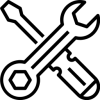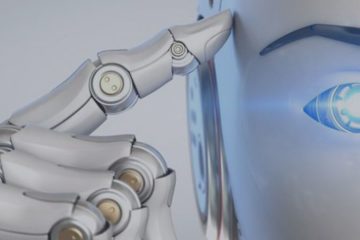
Quantitative trading
Quantitative trading is based on the principle of quantitative management, i.e. the trader will use mathematical models to capture signals to buy and sell trades. The purpose of this trading method is to understand the real mechanisms of the financial markets, to determine the indicators for executing buy and sell orders and to mathematize them through a computer program. Thus, quantitative management is based on mathematical models, which allow to automate investment decisions.
Another objective of quantitative trading is to have a strong risk management in the financial markets. To do this, it is necessary to eliminate as much as possible the effects of chance to focus on the performance of trades. This is done through computer models.

Quantitative trading tools
Several quantitative trading tools have emerged as technology advances. To name just a few examples, we can name the trading robots, which are based on signals to trade the markets, but also the well-known High Frequency Trading, which allows to make trades in a few microseconds.

Robank Hood's artificial trading intelligence
At Robank Hood, we have developed Ana, an Artificial Intelligence specialized in trading. Ana follows the principle of quantitative management, and it allows :
Both to automate market decisions through its three pillars: access to financial market data, mathematical algorithms and neural networks
But also to remove the emotional risk of the human to leave room for a mathematical strategy, based on financial and economic data, thus advocating a strong risk management
Are you curious and want to find out more about how Ana, the trading AI, works? Find out everything here.
The word of the expert
What are the contributions of Artificial Intelligence in quantitative trading ?
« In the context of quantitative trading, Artificial Intelligence consists of compiling data and using them with computer programs to perform financial operations, the objective being of course to aim at human intelligence.
The objective is of course to aim at human intelligence. In a way, it is a mimicry of the human brain. We even talk about creating a neural network that is inspired by the human learning model and the way the brain is made up.
Thanks to this methodology, there is a very high probability that the artificial intelligence will correctly perform the requested task.
This is where Deep Learning or AI comes into play. The use of Big Data and its millions of collected, sorted and used data allow to make quantitative trading « intelligent ». It will capitalize on real market data, live, and in a very quantitative way.
The use of these innovations allows quantitative trading to enter a new era, itself having replaced PIT traders in the early 2000s. »
Florian Delamotte, CEO of Robank Hood.
Did you like this article ?
Subscribe to the Newsletter to find out about news and articles from Robank Hood !


